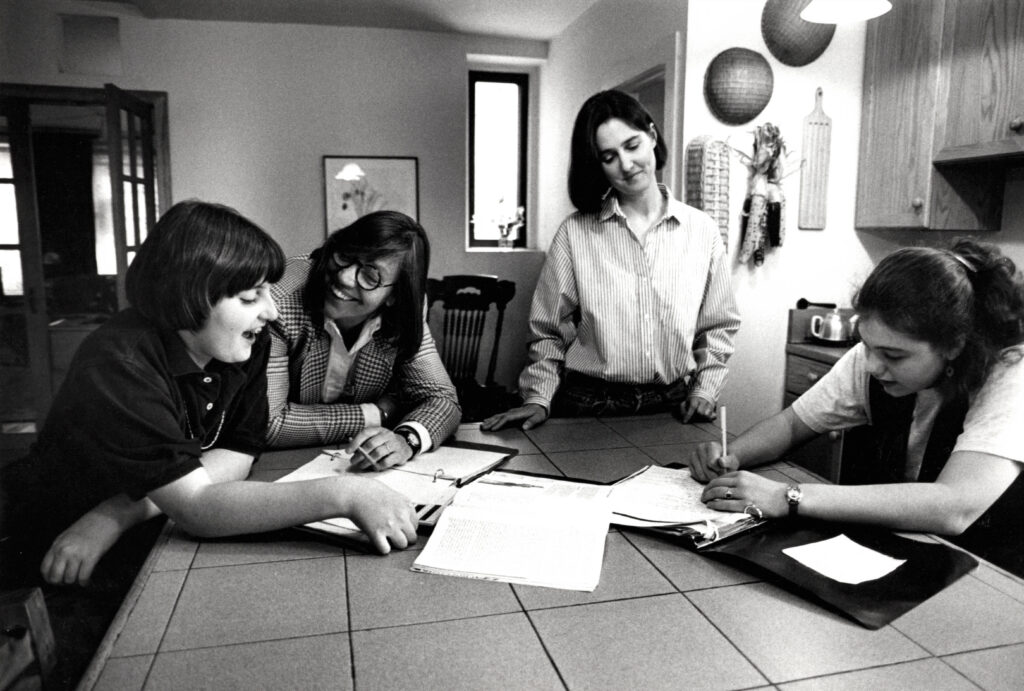HBO’s ‘Nuclear Family’ tells the story of pre-marriage equality lesbian moms
In 1979 Sandra Russo and Robin Young fell in love and sought to start a family at a time when same-sex marriage wasn’t legal and “sperm banks,” with anonymous donors, would not serve lesbian couples. Instead, each woman gave birth to a daughter using different sperm donors, both gay men living in northern California whom they were introduced to by a mutual friend. The two daughters, Cade and Ry, were lovingly raised in New York City by Russo and Robin, who told them they didn’t have fathers, but rather men who had “helped make them.” In the early years of their childhood, the girls and their moms would visit with their donors a few times a year. Ry and her moms’ relationship with her donor, Tom Steel, was initially warm but became frayed and increasingly fraught over time, until 1991 when Steel sued Ry’s moms for paternity and visitation rights.
The landmark lawsuit that followed began when Ry was nine years old and lasted for four years, threatening her family’s very existence. At that time, because Russo was not Ry’s biological mother, she was not considered a legal parent and the law deemed her a stranger to the conflict; she was not allowed in the courtroom. Historically, the courts had honored biology and lesbians had a long history of losing custody of their children. The threat that Tom posed was immediate and existential…
Nuclear Family tells the story of a first-generation lesbian family, from its origins in outlaw counterculture, to the mainstream court system’s attack on and ultimate defense of Ry’s and her moms’ rights and existence, ending in a landmark legal decision that would change the way gay families were perceived forever.
This 3-part docuseries premieres on HBO on September 26.






